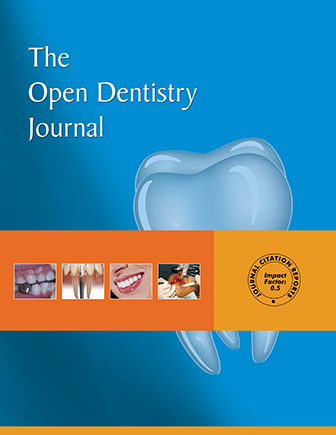Efficacy of Dental Implants Placements between Lateral and Crestal Sinus Lift Techniques: A Split-Mouth Study
Abstract
Background:
Bone atrophy and pneumatization of the maxillary sinus resulting from tooth loss, associated with low bone density in the region, do not usually allow adequate quantity and quality for the installation of osseointegrated implants.
Objective:
To evaluate the efficacy of crestal and lateral sinus lift techniques which are performed on same patients.
Materials and Methods:
Ten patients who required both crestal and lateral approaches in 20 sinus lifts were selected; 31 endosseous dental implants were placed into these patients, with a reported timeline for each approach. Assessment of the surgical procedures in all patients was done using a Visual Analog Scale (VAS). Clinical and radiographic parameters, including Pocket Probing Depth (PPD), distance between the implant shoulder and the mucosal margin (DIM) and distance between the implant shoulder and first visible bone-implant contact (DIB), were analyzed to compare implant survival for both approaches.
Results:
All implants were successfully osseointegrated. No significant differences were observed between lateral and crestal approaches in PPD, DIM and DIB (p-values = 0.0504, 0.7784 and 0.18170, respectively), and in the total VAS scores (p-value ≥ 0.05). Most of the patients preferred the crestal approach due to the delay in implant placements with the lateral approach.
Conclusion:
Evaluation of the sinus floor elevation is more precise when both techniques are performed on the same patient. Furthermore, although post-operative vertigo is a major concern with the crestal approach; patients preferred this approach over the lateral technique because it is less invasive and required less time for the procedure.


